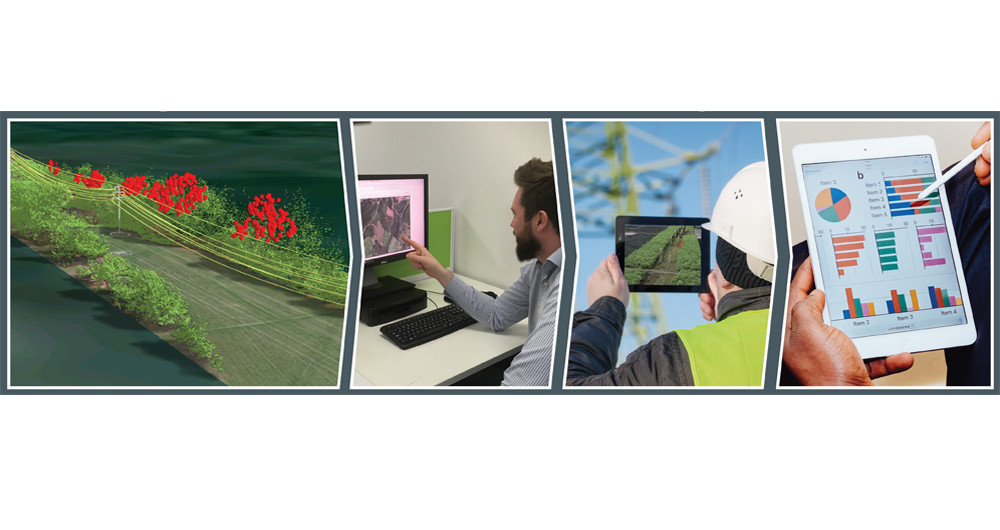The missing link? An end-to-end workflow using LiDAR to ensure vegetation compliance
Technical Director Shane Brunker has been working in collaboration with our new colleagues at Trimble Energy. We are working on expanding our services and delivering more effective solutions to power networks. Here, he shares our latest technical solution for some of the pressing challenges in managing vegetation compliance.
To my mind, there are multiple challenges in compliance, that is, ensuring vegetation is not within the statutory line distance. How do you plan and manage the operations to achieve compliance, using large and unwieldy LiDAR datasets and reports? How do you report and demonstrate this compliance? And finally, how do you optimize the cost of actually reaching compliance?
In this case, it’s not about how to deploy or analyze LiDAR but how you can manage the actual work process from start to finish. Something I believe is the missing link in utilizing LiDAR technology for improved compliance and visibility.
Compliance and risk
We see significant value in improving the visibility and understanding of compliance and risk, for example understanding status on different network levels (from the span through to a feeder or a maintenance area). This is something that needs to be shown visually and via graphs before, during and after the treatment to the corridor.
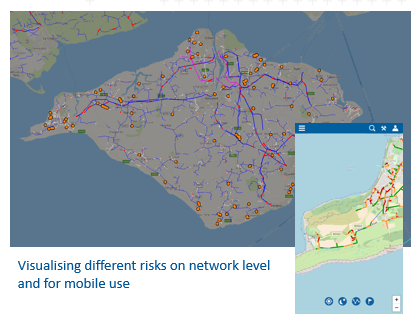
Prioritization
Which work to do when, and why? That’s the question we’re trying to answer. It might not just be a matter of addressing all the spans that have the closest infringements. Factors such as the number of connected customers, the typical line loads or the revenue (or penalty) potential could have an influence. As could proximity to other easily completed work. It’s now quite possible to prioritize by any combination of factors and ensure that the fixed contractor resource is used to best effect – via the Trimble NIS platform.

Scenarios
What if you have a few different ideas about priorities? What if you want to see how you can trade off risk against cost, perhaps by optimizing one at the expense of the other? Or fixing one and seeing how the other looks? That’s where the tools for considering things like different growth rates, fixed budgets or variable trimming cycles (or levels of cut back) come in. You can also link to the ERP to make it real, and actionable. This isn’t theory either, these tools are already in play in over 300 utilities worldwide, doing a wide range of related tasks.
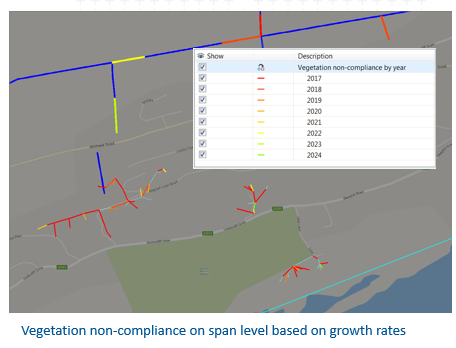
Tasking
It’s nice to do a whole bunch of scenario analysis, but how do you turn this into actual work? A missing link has been the ability to directly task the contractor. The toolsets in place at Trimble now allow you to transfer your prioritization decisions to work allocations. Using automated or manual assignments, the tasks can be allocated according to work areas, companies or geographic areas of responsibilities. Contractors can sub-allocate as necessary within their teams, according to their local knowledge and ideas on efficiency.
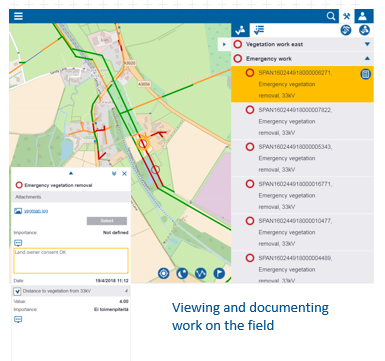
Real-time status
You have set the contractors to work. How do you check what are they doing now, what they have completed, and what is still outstanding? Via the UTG application, you can see what is happening in real time and roll this up into KPIs on a dashboard. This gives real visibility to the vegetation manager and proof that programs are underway to achieve compliance. Want further proof? Attach images to tasks for a time-stamped audit record.
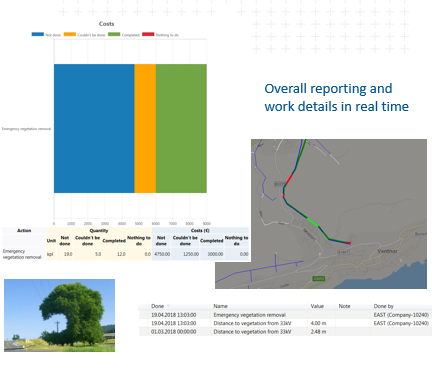
An integrated approach to network risk, encompassing strategic planning, field work execution and clear reporting has the potential to both improve and streamline vegetation management process. Access to 3D network data and automatic prioritization of field work allows effective tasking of contractors. And real time progress reporting from the field and reduction in required documentation reduces costs and improves visibility. By adopting an end-to-end workflow, a vegetation manager can ensure compliance at lower time and financial cost.
Click here to learn more about NM Group’s approach to vegetation management and compliance.
